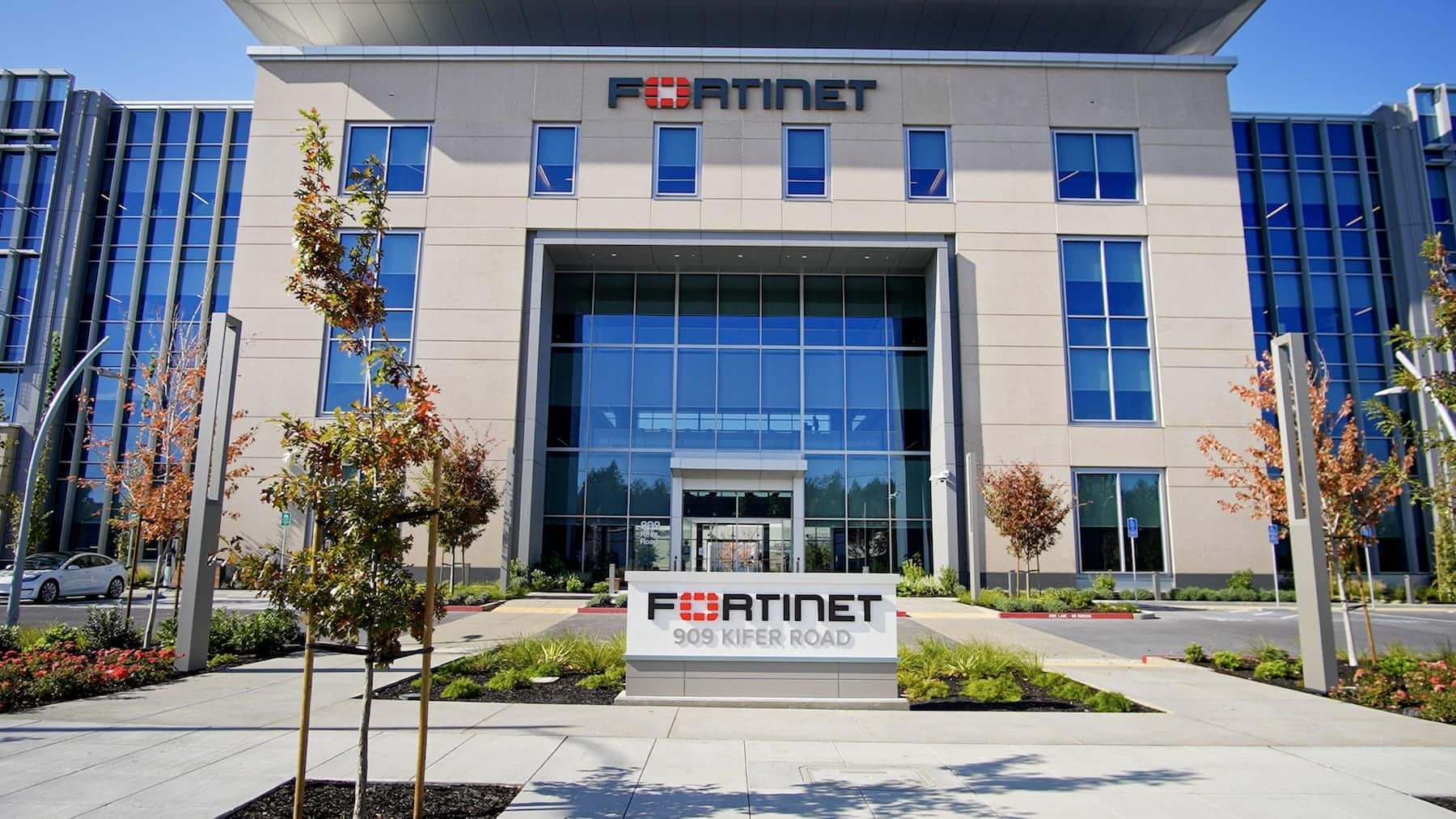The company incorporates post-quantum encryption, quantum key distribution, and hybrid modes to safeguard critical networks against the rise of quantum computing.
Fortinet, a global cybersecurity company listed on NASDAQ under the ticker FTNT, announced new capabilities in its FortiOS operating system aimed at protecting organizations from emerging threats resulting from advancements in quantum computing. These enhancements enable the deployment of quantum-resistant encryption methods, combine algorithms to strengthen security, and facilitate the transition to a post-quantum environment.
“We are committed to delivering cutting-edge technologies that defend against new and future threats. The progress of quantum computing demands a proactive response, and Fortinet today provides quantum-safe capabilities for FortiGate and Secure SD-WAN customers,” said Michael Xie, founder, president, and CTO of Fortinet.
Quantum Cyber Threats: The Risk Is Today
Quantum computers have the ability to break current encryption systems thanks to their immense computing power. According to Fortinet, malicious actors are already collecting encrypted data with the goal of decrypting it later, a practice known as harvest-now, decrypt-later (HNDL). This is especially critical for sectors like telecommunications, financial services, government, and healthcare, where information remains valuable over long periods.
In response to this scenario, Fortinet has introduced, with FortiOS 7.6, a series of quantum-safe security innovations designed for its FortiGate NGFW and Fortinet Secure SD-WAN solutions. These capabilities are available at no extra cost to customers and are notable for their comprehensive, scalable, and proactive approach.
Key Innovations in FortiOS 7.6
Post-Quantum Cryptography (PQC): Fortinet integrates NIST-endorsed algorithms such as ML-KEM and emerging ones like BIKE, HQC, or Frodo, enhancing resistance against quantum attacks.
Quantum Key Distribution (QKD): Utilizes principles of quantum mechanics to ensure secure key exchange. This functionality has been available since FortiOS 7.4, with compatibility from leading providers via standard interfaces.
Algorithm Stacking: Allows the combination of different cryptographic algorithms to offer more robust and diversified defense against advanced attacks.
Hybrid Mode: Facilitates a gradual transition to the post-quantum environment by integrating traditional encryption mechanisms with QKD within the same infrastructure.
New Management Interface: Improves the administrator experience with a more straightforward and intuitive setup for quantum-safe security configurations.
A Strategy of Continuous Innovation
Since its inception, Fortinet has embraced the convergence of networks and security into a single platform. This approach facilitates the adoption of advanced technologies like quantum protection, ensuring quick and consistent implementation across its entire architecture.
Fortinet’s strategy is driven by a clear objective: to help organizations prepare for an inevitable future, where quantum computing will challenge current security standards. With these new features, Fortinet reaffirms its commitment to future cybersecurity.
via: Fortinet

